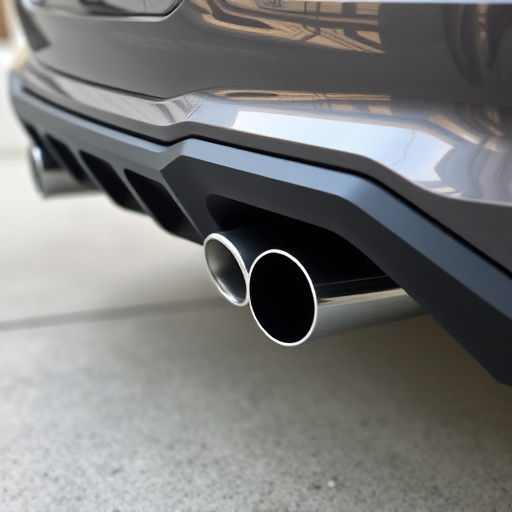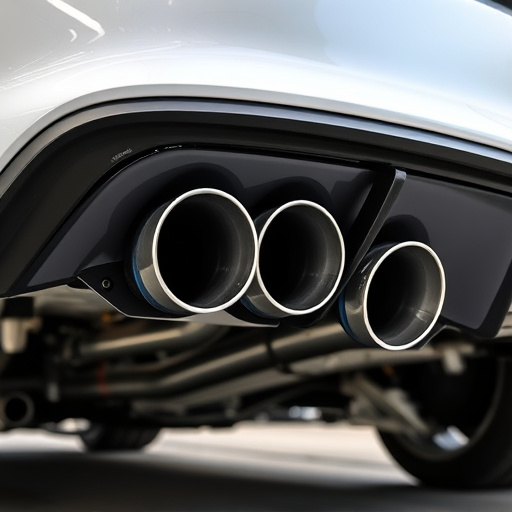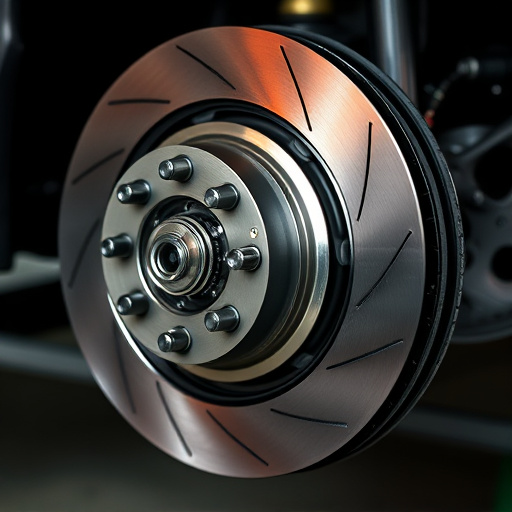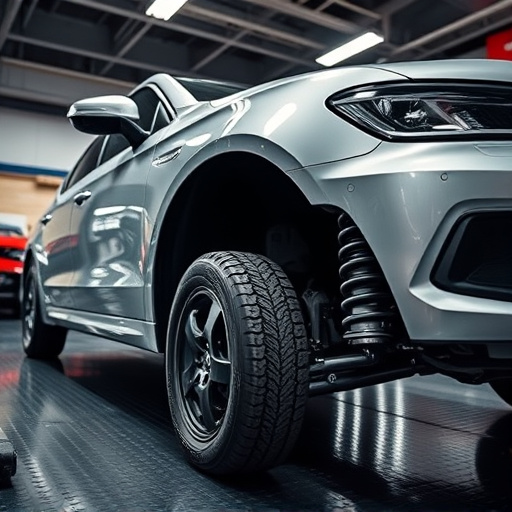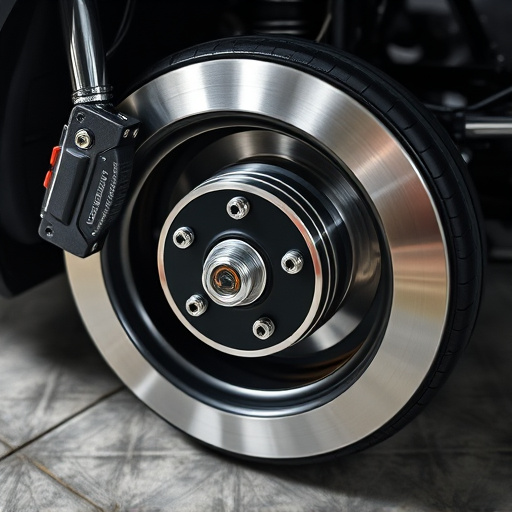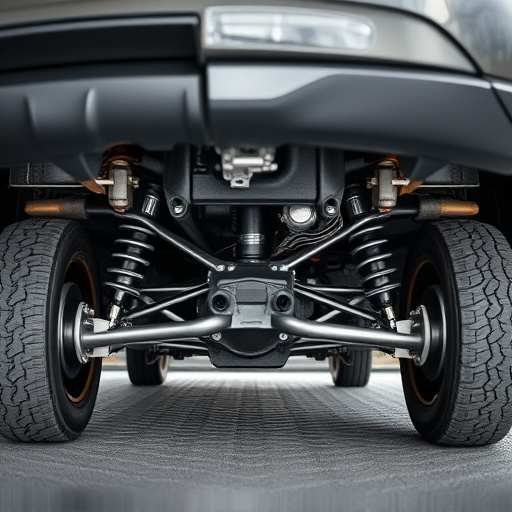Drop-in air filters offer a simple yet effective way to enhance vehicle performance by improving airflow and combustion. Crafted from durable materials, they capture particles while maintaining optimal air-fuel ratios, benefiting engine efficiency and reducing emissions. However, the impact varies based on filter quality; high-quality filters improve efficiency and emissions control, while poor designs may disrupt mixtures and increase emissions. For optimal results, choose a filter suited to your vehicle's intake system design, ensuring proper fitment and airflow optimization without compromising performance or environmental benefits.
“Uncovering the impact of drop-in air filters—a simple yet powerful tool for vehicle modification. These direct-fit filters promise improved performance and cleaner air, but do they deliver? This article guides you through the fundamentals of drop-in air filters, explores their effects on emissions and airflow, and offers strategic insights for optimal utilization. Discover how these filters can enhance or compromise engine efficiency, and learn effective methods to ensure smooth operation and maximum benefits.”
- Understanding Drop-In Air Filters: A Simple Explanation
- The Impact on Emissions: How These Filters Can Help or Hurt
- Optimizing Airflow: Strategies for Effective Use of Drop-In Filters
Understanding Drop-In Air Filters: A Simple Explanation
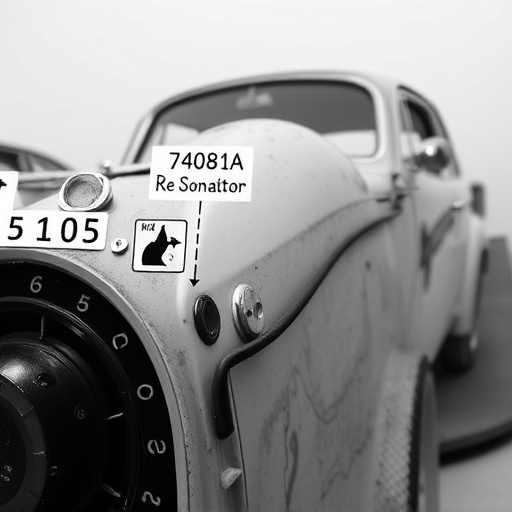
Drop-in air filters are a straightforward solution designed to enhance your vehicle’s airflow and filtration system. These filters are easily installed, typically fitting directly into the existing air intake system, hence the name ‘drop-in’. They serve as a quick and effective way to improve vehicle performance by allowing more air into the engine, which is crucial for optimal combustion.
Unlike complex systems or aftermarket modifications, drop-in air filters offer a simple upgrade. They are often made of durable materials like paper, cotton, or synthetic media, ensuring efficient particle capture while maintaining a healthy air-fuel mixture. This simple adjustment can also have a positive impact on other components, such as brake pads and rotors, by improving overall engine efficiency and reducing emissions.
The Impact on Emissions: How These Filters Can Help or Hurt

Drop-in air filters are a popular modification among automotive enthusiasts looking to enhance their vehicle’s performance. These filters, designed to be easily installed over existing air intake systems, promise improved airflow and power gains. However, their impact on emissions can vary significantly depending on several factors.
When it comes to emissions control, drop-in air filters can have both positive and negative effects. High-quality, carefully engineered filters with advanced media compositions can effectively trap pollutants, improving overall engine efficiency and reducing harmful emissions. This is particularly beneficial for vehicles equipped with modern emission control systems, ensuring optimal performance without compromising environmental standards. On the other hand, poorly designed or low-quality drop-in filters may disrupt the precise air-fuel mixture required for efficient combustion, potentially leading to increased emissions and reduced engine performance. Moreover, modifying the airflow can indirectly affect other suspension components and high-performance parts, such as brake rotors, by altering driving dynamics, which further underscores the importance of choosing the right filter for optimal results.
Optimizing Airflow: Strategies for Effective Use of Drop-In Filters
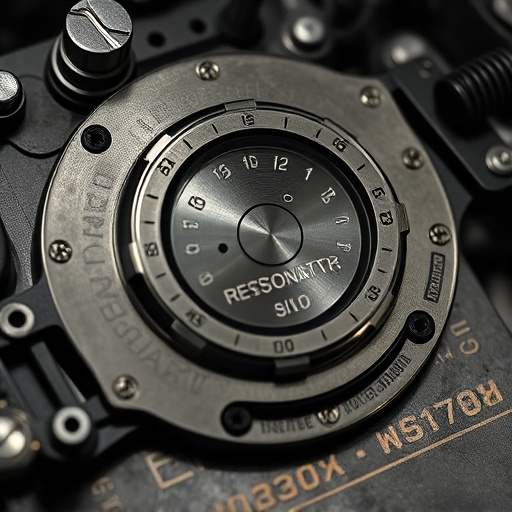
Optimizing airflow is a key strategy for maximizing the benefits of drop-in air filters. When selecting and installing a drop-in filter, consider the overall design of your vehicle’s intake system. Proper fitment ensures minimal restriction, allowing air to flow freely and maintaining engine performance. A well-designed intake system incorporates the drop-in filter seamlessly, ensuring that the filter does not act as a bottleneck, thereby preserving the vehicle’s power output and fuel efficiency.
Incorporating high-quality drop-in filters into your vehicle’s intake components can significantly reduce emissions without compromising on performance brakes. Unlike some aftermarket modifications, these filters are designed to fit quietly and efficiently within the existing system, enhancing the overall performance of brake components by ensuring a consistent and clean air supply to the engine. By choosing the right filter for your needs, you can strike a balance between airflow optimization and environmental benefits.
Drop-in air filters offer a straightforward solution to improve engine performance and reduce emissions, but their effectiveness varies. By understanding how these filters interact with airflow and choosing the right type for your needs, you can optimize engine efficiency, enhance breathability, and contribute to cleaner air quality. Remember, the key to success lies in proper installation and regular maintenance to ensure your drop-in air filter performs as intended.








